While do-it-yourself projects can be fun and fulfilling, there is always a potential for personal injury or property damage. We strongly suggest that any project beyond your abilities be left to licensed professionals such as electricians, plumbers, and carpenters. Any action you take upon the information on this website is strictly at your own risk, and we assume no responsibility or liability for the contents of this article.
How to Attract Butterflies to Your Garden

Beautiful butterflies can seem like colorful jewels suspended in the air as they visit your garden. But you can’t attract more of these bright fluttering insects by just planting any old flowers you pick at random. These visitors need a comprehensive approach to habitat design to attract them to stay and reproduce throughout the entire season. This ensures you’ll see plenty of mature butterflies, but it also means you’ll need to adapt to seeing caterpillars as well. Find out how attracting and boosting butterfly populations requires a year-round approach to garden care.
Avoid Pesticide Use
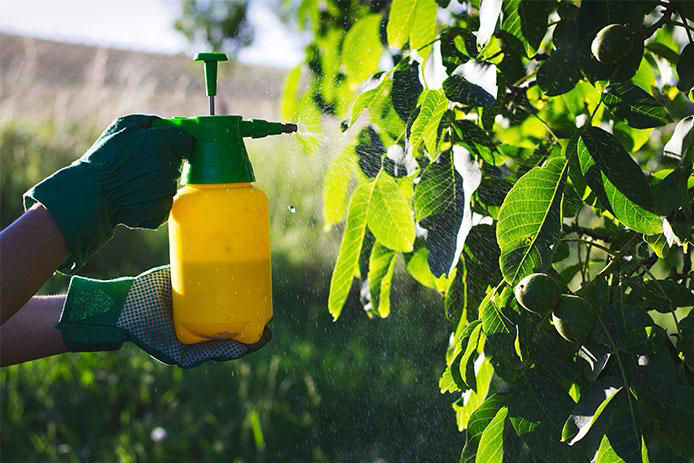
You may be used to spraying a few pesticides or spreading insecticide dust over your garden each summer. Even if you’re only trying to contain Japanese beetles or root-eating grubs with your efforts, the use of broad-spectrum products will still result in harm to butterflies. Unless you can be sure the products you are using won’t harm these insects at any stage of life, avoid their use. Even organic products tend to target caterpillars, which are the immature stages of the mature butterflies you wish to see. If you remove or harm the caterpillars in your garden, you won’t get to see many butterflies in return.
Adapt to Some Plant Damage

Since mature butterflies come from leaf-eating caterpillars, you will see some extra damage to the leaves of the plants in the garden. This is especially likely on the leaves of native plants you add specifically for the butterflies. To enjoy the beauty of insect visitors, you may have to settle for a slightly less picturesque set of plants. You can always prune damaged areas away in spring and summer for a neater look, but try to leave as much dry plant material as possible in the fall. Caterpillars and egg cases overwinter in these leaves and stems, relying on them for protection from the cold.
Plant a Wide Range of Native Flowers
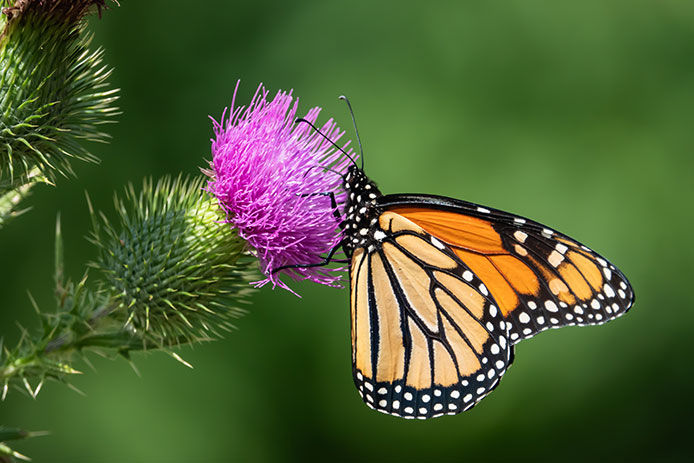
To see a lot of butterflies in a local area like your backyard or garden, you’ll need to provide what they need for a full life cycle. This primarily means opting for plants native to the area that provide both nectar sources in the spring to summer and food and nesting sources in the summer to fall for caterpillars. Butterflies that aren’t adapted to your area may pass through if you plant generalized nectar flowers, but they won’t stay long, and you’re likely to miss them. Even migrating monarchs will stay longer and be easier to spot if you plant the native version of milkweed for your area rather than a general variety.
Increase Warmth
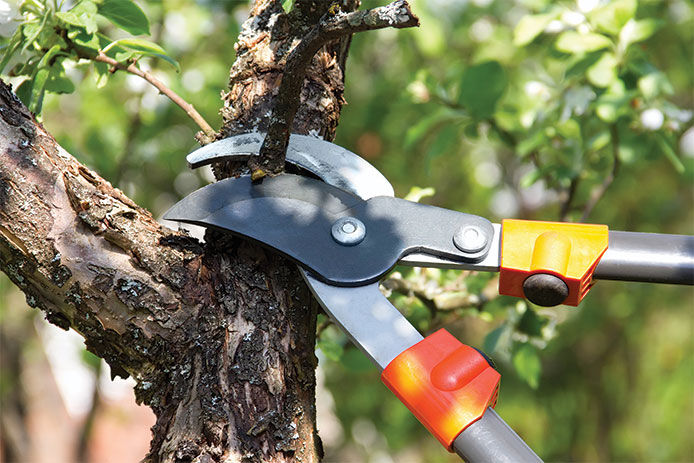
Butterflies need warm temperatures, even at the height of summer, to keep their wings flapping. They prefer sunny areas, so you may need to prune some shade trees or even remove a few to make more open space for them. Planting some lower growing shrubs that form a dense hedge can create a windbreak that raises the temperature a bit, attracting extra butterflies in the spring and fall in particular.
Add Fruit Trees and Flowering Shrubs
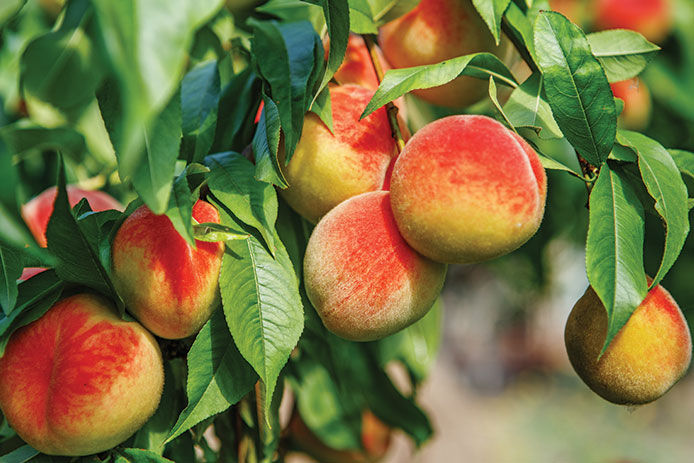
Native flowering plants that supply plenty of nectar are the best food source for attracting butterflies each year. However, the majority of them will be annuals that must be replanted from seed or seedlings each year. To cut down on the amount of work you must do each spring to prepare the garden, try planting more perennials that attract these insects in all habitats. Butterfly bush, or Buddleia, is the classic choice, but it’s far from the only one. All fruit trees make great attractants for butterflies, especially after they start fruiting. Figure out whether apples, pears, cherries, or plums grow best in your area and plant a few dwarf varieties in the garden for stunning early nectar-producing blooms.
Try a Butterfly Feeder and Puddling Pool
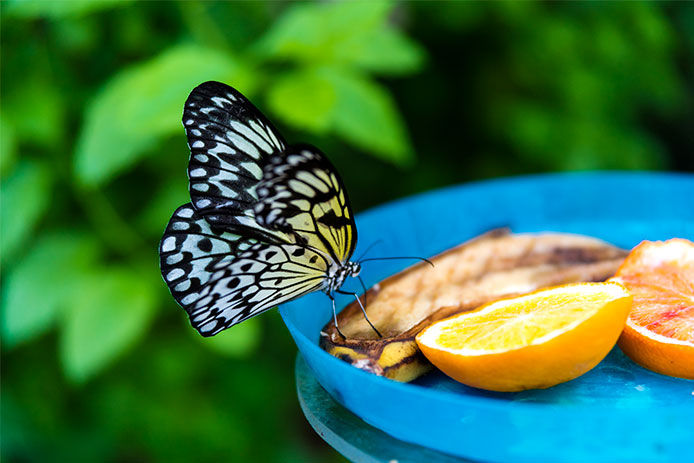
If you are limited in the amount of natural nectar you can provide from flowers, try a butterfly feeder. A pre-made feeder is fine, but you can also make one by using a shallow saucer or plate and a brightly colored piece of cotton fabric. Mix up a quarter cup of white sugar and two cups of water, heating until the sugar dissolves, then cooling the mixture. Pour the sugar syrup over the cloth in the dish and set it out in the sun where butterflies can flock to it and drink. Butterflies also need fresh water for a practice called puddling, where they congregate, drink, and exchange nutrients they collect. It’s great to watch, so try setting up a shallow pan or plate with fresh water and about a tablespoon of garden soil mixed in.
Bringing butterflies to the garden may require you to change some of your usual goals and approaches to its upkeep. A little less maintenance and planting good nectar sources native to your area will go a long way in attracting butterflies and more.